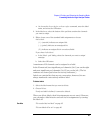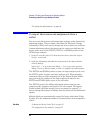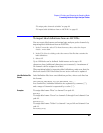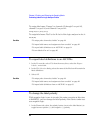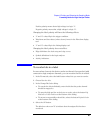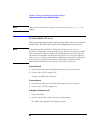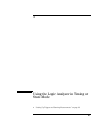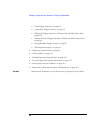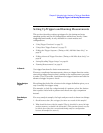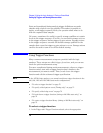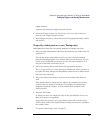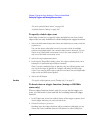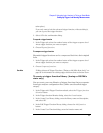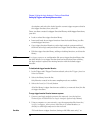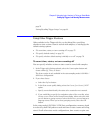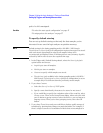
69
Chapter 3: Using the Logic Analyzer in Timing or State Mode
Setting Up Triggers and Running Measurements
Setting Up Triggers and Running Measurements
This section describes setting up triggers for the timing and state
sampling modes and for all configurations within these modes. Some
triggering functionality is only available in certain modes and
configurations.
• “Using Trigger Functions” on page 70
• “Using Other Trigger Features” on page 75
• “Editing the Trigger Sequence (Timing or 200, 400 Mb/s State Only)” on
page 78
• “Editing Advanced Trigger Functions (Timing or 200 Mb/s State Only)” on
page 83
• “Saving/Recalling Trigger Setups” on page 90
• “Running Measurements” on page 91
In General...
Use trigger functions for basic measurements.
For more complicated measurements, where no trigger function exists,
start with a trigger function that's similar to the measurement you want
to make. Then, if possible, break down the trigger function and edit the
advanced trigger sequence levels.
Timing Analyzer
Triggers
Everything that looks like a button in the trigger definition gives you a
way to modify the trigger setup.
For example, to look for a edge instead of a pattern, select the button
that equates a label with a pattern and choose an edge comparison
instead.
State Analyzer
Triggers
For every analysis sample, the logic analyzer needs to know two things:
1. Should some action (like a trigger) be taken as a result of this sample?
2. What should be done with this sample? That is, should it be stored in logic
analyzer memory or should it be discarded? (This question doesn't need to
be asked when using the conventional timing analyzer configuration
because all samples are stored.)



